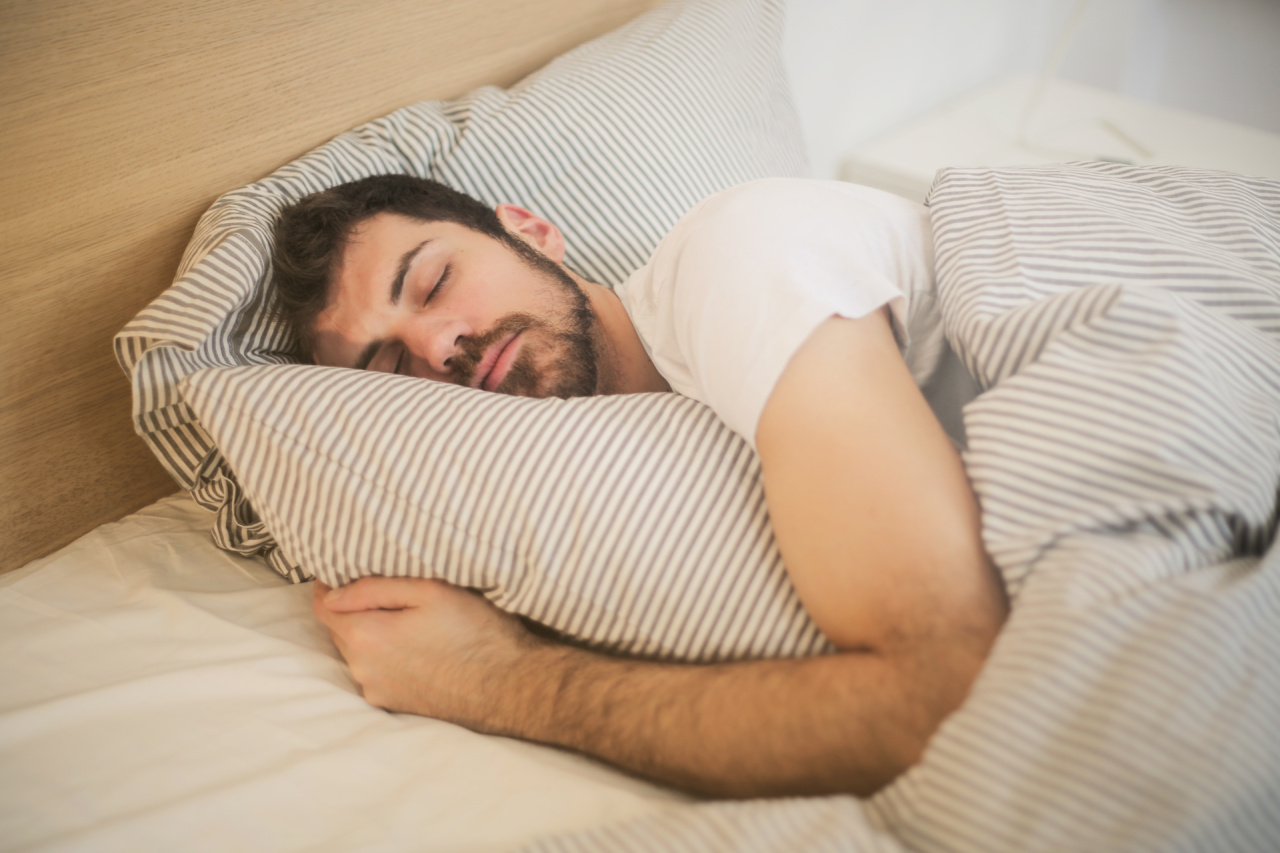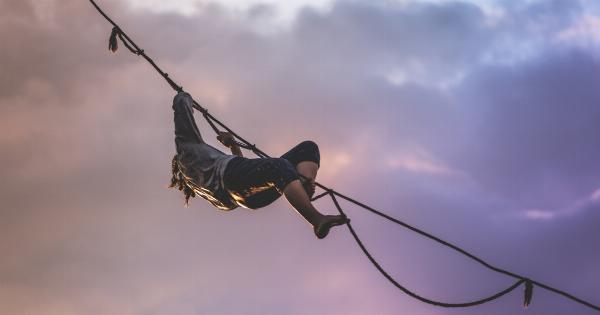Our sleep is influenced by a multitude of factors, including our daily routines, our health, and the environment in which we live. However, one often overlooked factor that can significantly impact our sleep patterns and dreams is the time of year.
Throughout the different seasons, our bodies respond to changes in temperature, daylight hours, and even the foods available to us. In this article, we will explore how the time of year affects our sleep and dreams, and the potential reasons behind these fluctuations.
Winter: The Season of Longer Nights
During the winter months, the days become shorter while the nights stretch longer. This change in daylight hours can affect our sleep-wake cycles, also known as circadian rhythms.
Reduced exposure to daylight can disrupt our internal body clock and lead to difficulties in falling asleep or waking up in the morning.
The lack of natural sunlight can also affect the production of melatonin, a hormone that regulates sleep. Melatonin is typically released in higher amounts during the evening, signaling to our bodies that it is time to wind down and prepare for sleep.
With less exposure to daylight, the production of melatonin can be delayed or reduced, potentially leading to insomnia or feelings of grogginess during the day.
Additionally, the colder temperatures during winter can impact the quality of our sleep. Our bodies naturally cool down as we prepare for sleep, and cooler temperatures are typically more conducive to restful sleep.
However, when the external environment is excessively cold, it can cause discomfort, leading to disrupted sleep patterns. Investing in a warm and cozy sleep environment, such as using extra blankets or adjusting the thermostat, can help mitigate these effects.
Spring: The Season of Rebirth and Allergies
As spring arrives, the increase in daylight can have a positive impact on our sleep patterns. Longer days allow for more exposure to natural light, which helps regulate our circadian rhythms and promotes better sleep.
The extra daylight can also boost mood and energy levels, making it easier to wake up in the morning.
However, spring brings its own set of challenges when it comes to sleep. Seasonal allergies, such as hay fever, can flare up during this time of year.
Allergies can cause nasal congestion, sneezing, and itchiness, making it difficult to breathe properly and disrupting sleep. Managing allergies with appropriate medications or avoiding allergens can help alleviate these symptoms and promote better sleep.
Summer: Longer Days and Warmer Nights
Summer is often associated with a more relaxed and carefree lifestyle. With longer daylight hours, it’s common for people to engage in outdoor activities and stay up later than usual.
However, this shift in routine can disrupt our sleep patterns, leading to difficulties in falling asleep at an appropriate time.
Warmer temperatures during the summer months can also interfere with our sleep. High heat and humidity can make it uncomfortable to fall asleep and stay asleep throughout the night.
When our bodies are too warm, it’s challenging to enter the deep, restorative stages of sleep. Using fans, air conditioners, or lighter beddings can help create a more suitable sleep environment and improve sleep quality during summertime.
Fall: Transition and Darkness
The transition from summer to fall brings shorter daylight hours and longer nights. Similar to the challenges faced in winter, the decrease in natural light can disrupt our circadian rhythms and negatively impact our sleep-wake cycles.
As the days get shorter, it becomes increasingly important to ensure that we receive enough exposure to natural light during the day.
During fall, the prolonged darkness can also influence our dreams. Some people may experience more vivid or intense dreams during this time, potentially due to the increased production of melatonin.
The brain’s response to darkness, coupled with our body’s adjustment to the changing season, can lead to dream patterns that differ from other times of the year.
Conclusion
The time of year plays a significant role in shaping our sleep patterns and dreams.
From the longer nights of winter to the vibrant energy of spring, and the warm nights of summer to the transition and darkness of fall, each season brings its unique challenges and influences on our sleep-wake cycles. By understanding the impact of these seasonal changes, we can make adjustments to our sleep routines and create a conducive sleep environment to promote better sleep and more enjoyable dreams throughout the year.





























